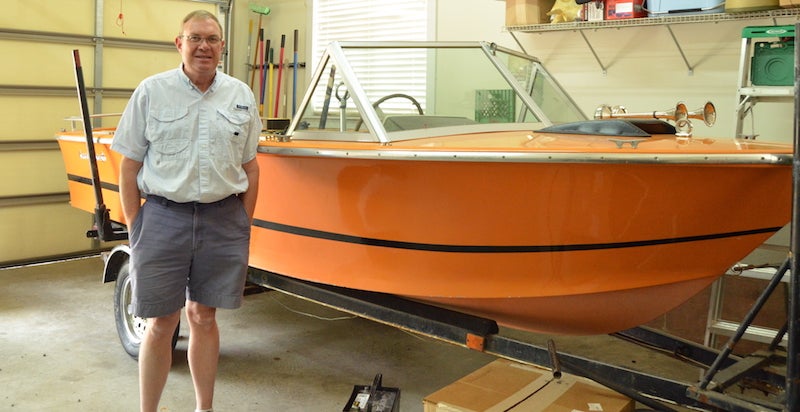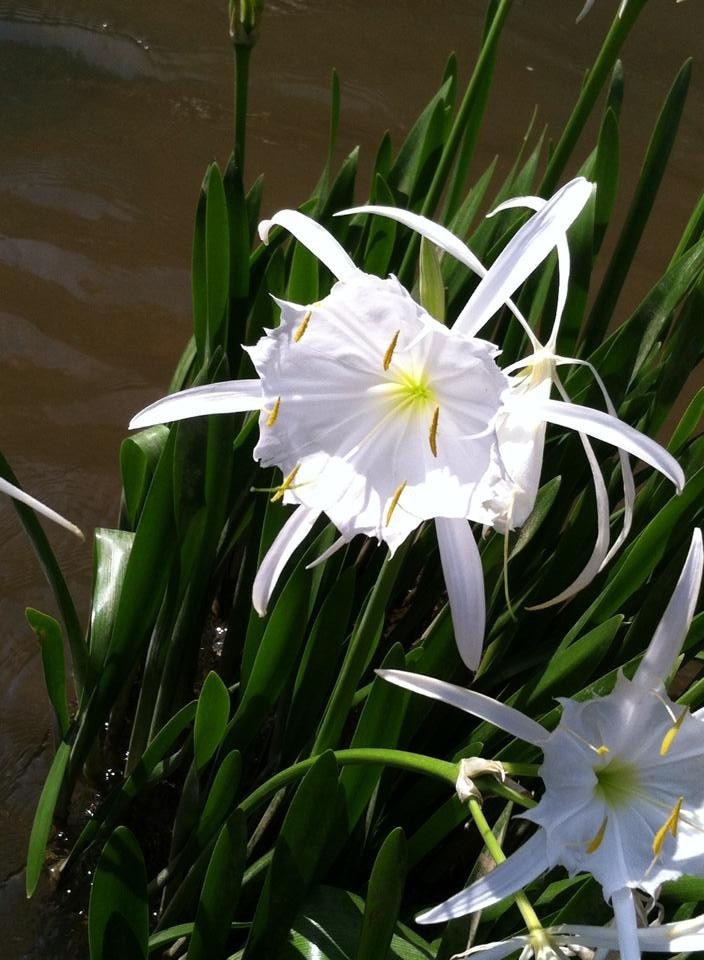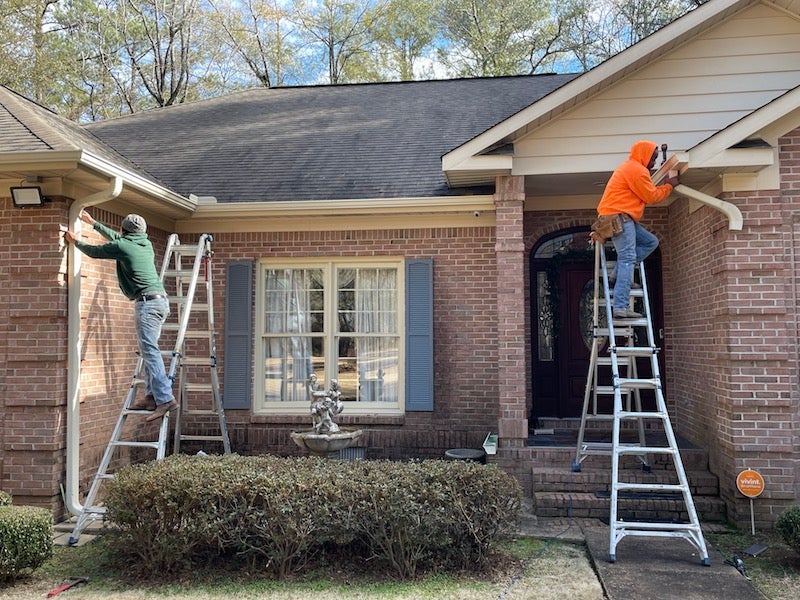Orb Weavers: The Spiders of Fall
Published 3:19 pm Wednesday, October 26, 2022
|
Getting your Trinity Audio player ready...
|
By Justin Miller | Alabama Cooperative Extension System
AUBURN UNIVERSITY – Forget the spider decorations this Halloween. The real things are much cooler. While they may not be everyone’s cup of tea, spiders play an important role in Alabama’s ecosystem. In early fall, spider populations are at their peak, so there is a great chance of encountering several of these eight-legged friends.
The Orb Weavers
Alabama is home to some of most interesting spiders around. Most of the spiders people see in the fall belong to a group known as orb weavers. This group of spiders are known as the builders of the large, spiral, wheel-shaped webs that most people are familiar with.
“These spiders typically suspend their large, foot-wide webs between shrubs, along porches, across paths and along widow frames,” said Shane Harris, the Alabama Cooperative Extension System’s county coordinator for Tallapoosa County. “Their webs are organized and resemble a circular grid, many of which are quite spectacular, especially in the morning dew.”
Spiders Benefiting You
While spider webs can be aesthetically pleasing, spiders don’t spin them just for kicks. The spiders use these webs to capture their prey, which are usually small insects and other spiders.
“Orb weavers will eat almost anything small enough to get trapped in their webs,” Harris said. “Like most web-building spiders, orb weavers tend to have poor vision. However, they don’t need to see well to hunt because they can feel whenever prey gets caught in their webs.”
While early fall is a peak time for spiders, it is also a peak time for insects. Harris said if you can tolerate the presence of these fall spiders, enjoy the benefits they bring while you can.
“Despite looking creepy, spiders are quite neat and beneficial,” he said. “These spiders eat a lot of small insects such as flies, moths, beetles, wasps and mosquitoes.”
Species in Alabama
Harris said within the orb weaver species found in Alabama, there are a variety of colors, shapes and sizes. The following are some of the common species you may find this fall:
Black and Yellow Argiope Spider
At well over 1-inch long, the black and yellow Argiope spider is quite the helper around the garden and house. Commonly known as the black and yellow garden spider, this species often constructs its web in between shrubs or among garden flowers in the garden to feed on any garden insect pests.
Xing Ping Hu, an Alabama Extension entomologist, said these spiders are most commonly-found orb weavers in Alabama fields.
“Their web is characterized by a white zigzag structure in the middle,” Hu said. “An interesting behavior of this species is that the female consumes the old web at night and spins a new one every day.”
Spotted Orb Weaver Spider
This species is the most common orb weaver that people find around houses or other buildings. Harris said spotted orb weavers are almost 1-inch long and are mostly a dull brown color with some reddish tint markings on their legs.
“They have been known for building their webs in front of an exterior door during the night or suddenly appearing at the edge of the porch under a light,” he said. “Amazingly, spotted orb weavers somehow know to place their large webs near floodlights where night-flying insect activity is high.”
Golden Silk Spider
Coming in at 1- to 2-inches long with a leg span of 3- to 4-inches long, the golden silk spider is one of the most impressive species in Alabama. This spider has a stunning array of orange, brown and gold colors.
“The female spiders are among the largest non tarantula-like spiders in North America and are perhaps the largest orb weavers in the United States,” Harris said.
Marbled Orb Weaver Spider
Another colorful spider in Alabama is the marbled orb weaver. With its orange head, orange legs, bright-yellow abdomen and dark camouflage-like markings, this spider is a true representation of fall. People will often find their webs in moist, wooded settings.
“Unlike the black and yellow argiope spider, the marbled orb weaver often hides in a silken retreat of folded leaves–like a tent–to the side of its web until they prey is caught,” Harris said.
Other Orb Weaver Spiders
While not as large as their fellow orb weavers, there are some smaller spider species that have some cool shapes, spikes and colors. Some of these spiders include the arrow-shaped micrathena, spined micrathena, arrowhead spider and crab-like spiny orb weaver.
“Of this bunch, the most bizarre may be the crab-like spiny orb weaver, which is about the size of a dime but looks vicious with its white or yellow body and spines,” Harris said. “It tends to waddle as it moves throughout its web, similar to that of a crab.”
More Information
The next time you see a spider spinning its web around your home or garden, just think of it as a free pest control service. Take some time this fall to walk in nature and see if you can catch a glimpse of these unique creatures. For more information, visit www.aces.edu and search “spiders.”






